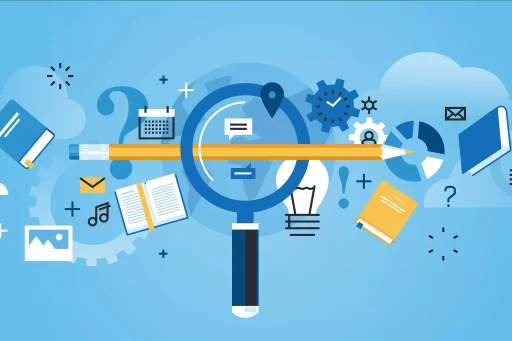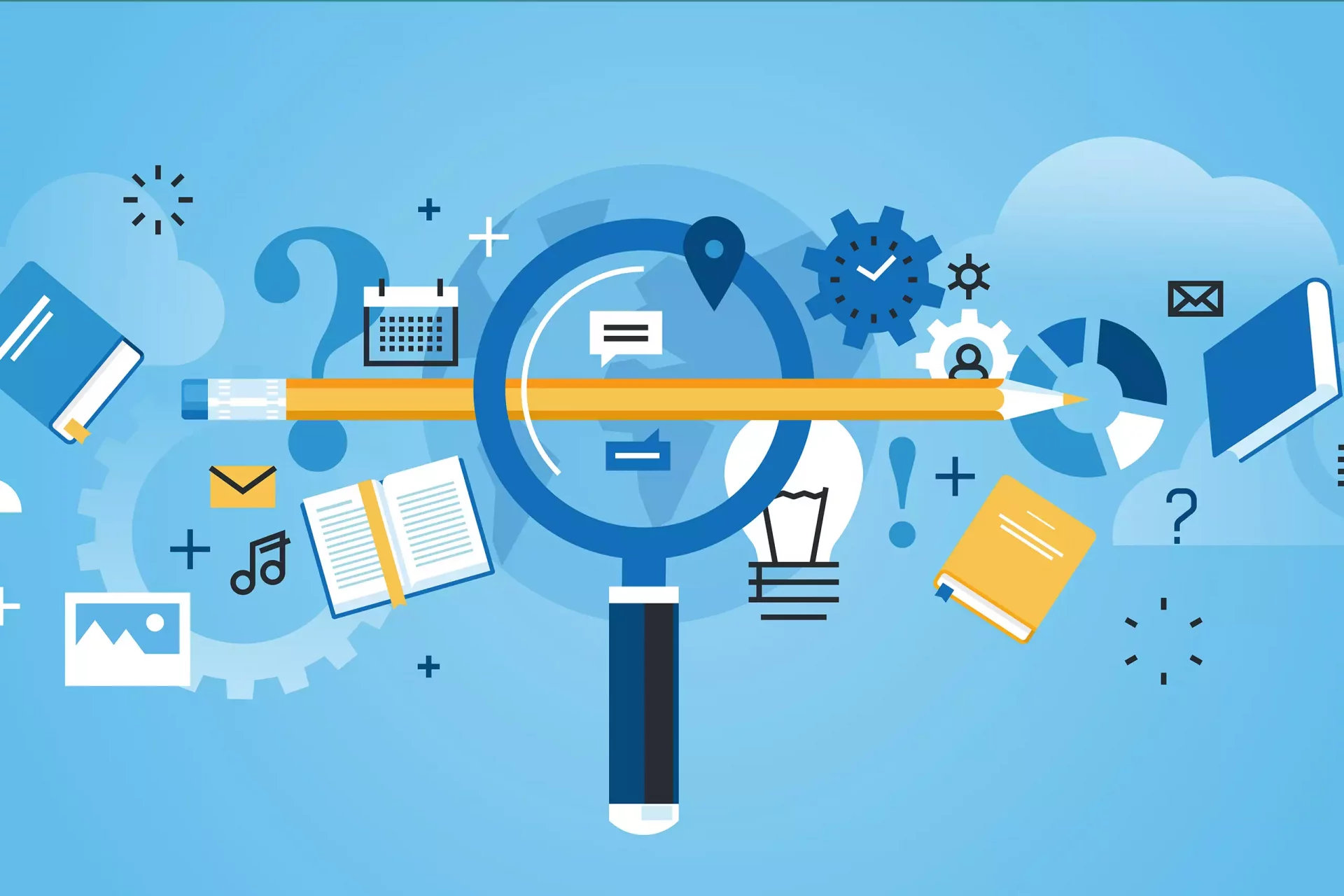Introduction to Radiocarbon Dating
The radiocarbon method, developed in the late 1940s by Willard Libby, revolutionized the field of archaeology and anthropology. This innovative technique allows scientists to date organic materials by measuring the amount of carbon-14 (C-14) isotopes present in a sample. Understanding how radiocarbon method works provides valuable insights into the age of archaeological finds and environmental changes.
How the Radiocarbon Method Works
Radiocarbon dating is based on the principle of radioactive decay. Carbon-14 is a naturally occurring isotope of carbon formed in the atmosphere when cosmic rays interact with nitrogen. It gets absorbed by living organisms through carbon dioxide during their lifetime.
- After the organism dies, it stops absorbing C-14.
- C-14 in the sample begins to decay at a known half-life of approximately 5,730 years.
- Scientists measure the remaining C-14 to calculate the time since the organism’s death.
Limitations of the Radiocarbon Method
While powerful, the radiocarbon method has its drawbacks. Some of the key limitations include:
- Age Range: It is effective for dating samples up to about 50,000 years old.
- Material Type: Only organic materials, such as wood, bone, and shell, can be dated directly.
- Contamination: Samples can be contaminated by newer or older materials, skewing results.
Applications of the Radiocarbon Method
The radiocarbon method has a wide range of applications in fields beyond archaeology, including:
- Geology: To date sediments and understand Earth’s historical climate conditions.
- Forensics: For dating human remains in criminal investigations.
- Paleontology: To date ancient fossils and understand evolutionary history.
Notable Case Studies
Radiocarbon dating has been pivotal in several significant historical studies. Here are a couple of notable examples:
The Dead Sea Scrolls
Discovered in the late 1940s, the Dead Sea Scrolls include some of the oldest known biblical texts. Radiocarbon dating was employed to establish their age, which ranges from approximately 150 BCE to 70 CE.
Ötzi the Iceman
Ötzi, a well-preserved natural mummy from the Alps found in 1991, was dated using radiocarbon methods. Results revealed that this individual lived around 3300 BCE, providing critical insights into prehistoric human life.
Statistics and Impact
Since its inception, the radiocarbon method has transformed the way we understand history. More than 1 million radiocarbon dates have been produced and cataloged in databases worldwide, aiding researchers in constructing timelines.
Studies suggested that radiocarbon dating has provided accurate results within approximately 95% confidence for samples less than 30,000 years old, boosting the credibility of archaeological timelines.
Future of Radiocarbon Dating
Advancements in technology continue to enhance the precision and range of radiocarbon dating. Innovations like accelerator mass spectrometry (AMS) allow for smaller samples and more accurate measurements. As techniques improve, researchers are optimistic that we will gain even deeper insights into our planet’s history and the evolution of life.
Conclusion
The radiocarbon method remains a cornerstone of archaeological science. It provides a window into the past that helps us understand not only when events occurred but also the environments in which ancient peoples lived. As science continues to evolve, the possibilities for radiocarbon dating will expand, further illuminating the stories of our world.


